How to Read 2017-18 KHDA Reports to Discover the Best School For You
KHDA/DSIB Framework 2017-18
Inevitably, the evaluation of Students’ Attainment has rightly been a main focus of the inspection process each year. The framework emphasises the importance of educational outcomes in the key subjects. However, given the widening choice of curricula offered by schools (there are now 16 curricula offered by 165 schools in Dubai), inspectors increasingly use external examination and standardised test results to inform judgements on attainment. Testing for PISA is taking place in 2018 and 2021, whilst TIMMS tests will be conducted in 2019 and 2021. In addition, a major focus on the provision of Arabic for both native and non-native speakers will again have been central to the evaluation.
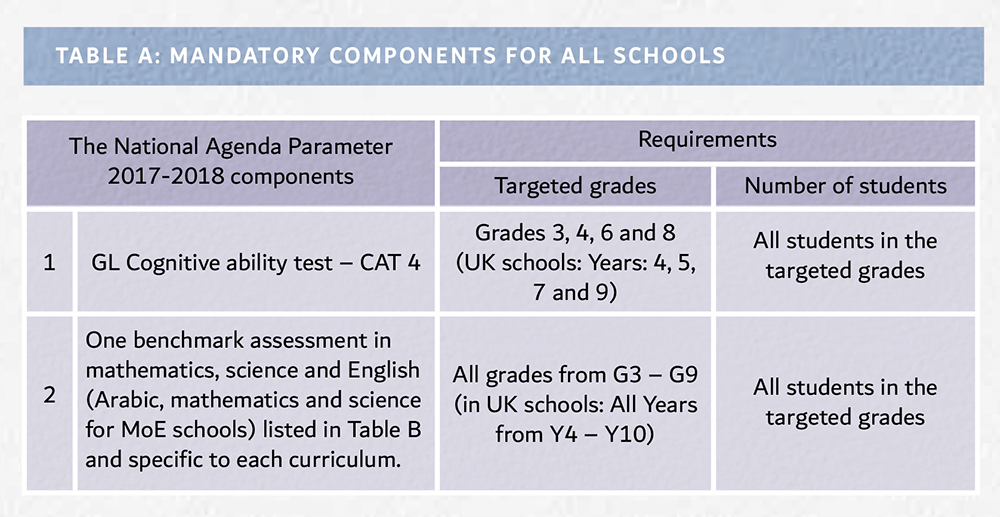
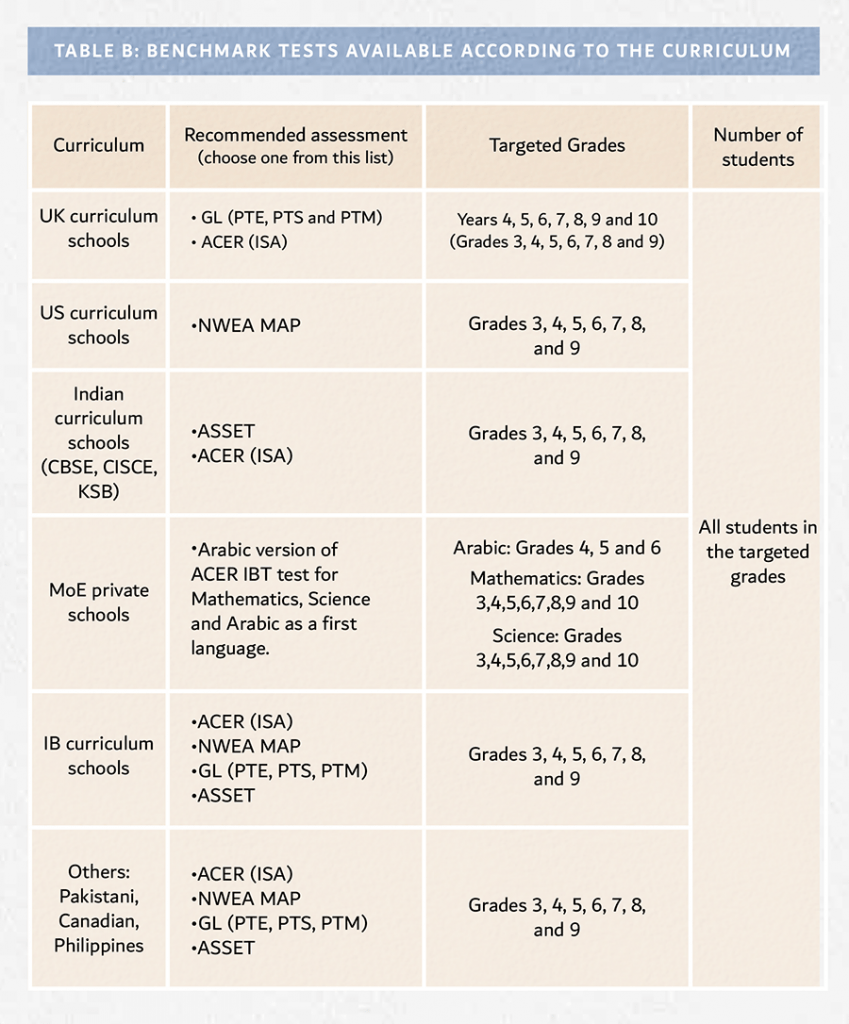
However, in addition to the overall criteria against which schools are judged, the inspectors from the Dubai Schools Inspection Bureau were tasked in focusing on 6 complementary areas in 2017/18:
1. The UAE Vision for 2021 states that at least 90% of Emirati students will complete their high school education, with an increasing proportion of students going on to study at university. During 2017-2018 there has been a specific focus on the aspirations and achievements of Emirati students in each school. This has taken place regardless of the cohort’s size.
2. In the 2017-18 inspection cycle there has been a focus on how schools are supporting the achievement of the UAE 2021 vision for Innovation. The aim of promoting a culture of Innovation in schools is part of the objective for the UAE to become one of the most innovative nations worldwide. Innovation is expected across all areas of education and the inspections focused on how schools define, design and implement innovative practices. Inspection teams will have evaluated each school’s work in five key performance indicators: Learning skills, Social responsibility and enterprise; Teaching; Curriculum adaptation and Leadership.
3. According to the KHDA Inspection supplement, the UAE’s increasing ethnic and social diversity brings with it a wide variety of moral values. Within this pluralism, moral education is an important part of students’ personal and social development, and it is incumbent on schools to guide the development of morally mature citizens. Irrespective of curriculum or levels of achievement, the UAE Moral Education aims to unite schools by setting clear expectations for students’ behaviour.
4. In line with the UAE National Priorities and the Dubai Strategic Plan 2021, schools in Dubai are required to incorporate the Ministry of Education UAE Social Studies curriculum into their programmes of study. The inspection report will feature an evaluative paragraph covering curriculum, teaching, learning, and assessment reflecting the current status of the implementation of UAE social studies in the school.
5. The purpose of the UAE Reading Law, published in October 2016, is to consolidate reading in society. H.E. Sheikh Mohammed bin Rashid al-Maktoum, the UAE’s vice-president and Dubai’s ruler, stated: “Our goal is to make reading a daily habit that is deeply ingrained…. It is the duty of relevant institutions to make this law a reality.” During the 2017-18 inspections, Inspectors will have paid close attention to students’ acquisition of higher order reading skills, including inference, interpretation and integration of information. These key areas will have received particular attention in the inspection of Science and Mathematics, as well as Arabic and English (and the language of instruction).
6. The overall effectiveness of provision for students with Special Education Needs – The vision for Dubai to become a fully inclusive city by 2020 is part of a wider strategic plan including health and rehabilitation, employment, universal accessibility and social protection. As a step towards achieving this vision, school owners, operators, governors,senior leaders and other stakeholders should develop a shared understanding of, and commitment to, agreed values and standards of inclusive education. In order to comply with existing and forthcoming legislation, schools must: appoint an “Inclusion Champion”; nominate a “Governor for inclusive education”; form an “Inclusive education action team”; appoint and designate staff as “Learning support assistants” and produce a “Strategic inclusive education improvement plan”. Developmental discussions between school staff and inspectors will continue to examine and support progress towards establishing a fully inclusive education system within schools.
Historically, much of the focus in the Inspection reports has been on the Student Attainment Performance Indicators. The focus is now broadening. This means that key areas for development to support students from Innovation to Inclusion are being given far higher emphasis – for the benefit of all students.
Mandatory testing
The introduction of mandatory testing over the past two years using international standardised tests, in addition to PISA and TIMSS, means that parents will now have access to results for their children with clearly laid out minimum expectations.
In addition, inspectors are now focusing on the Quality of Attainment of students. In essence, this is the number of students above, on or below the standards of the curriculum being offered and using external or internal exams and tests to compare results. For schools to be rated Acceptable, at least 75% of the students should be attaining ‘in line with curriculum standards.’
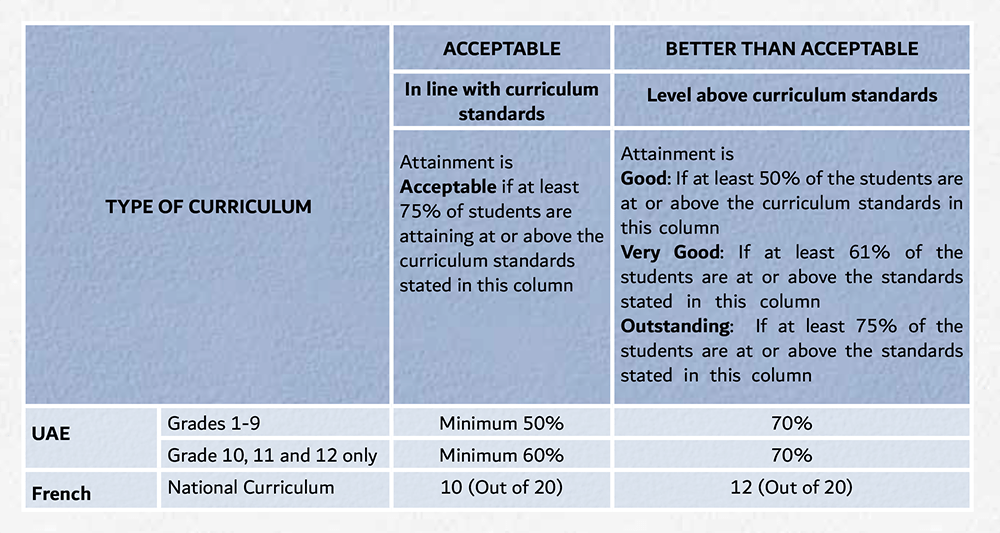
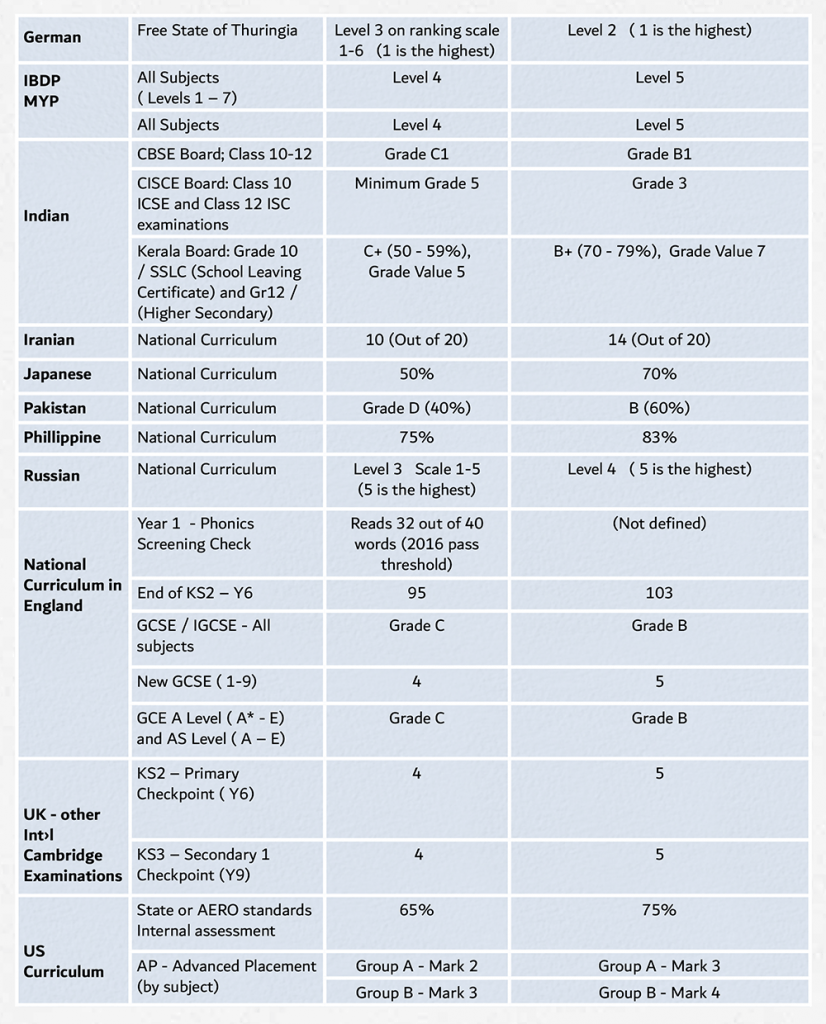
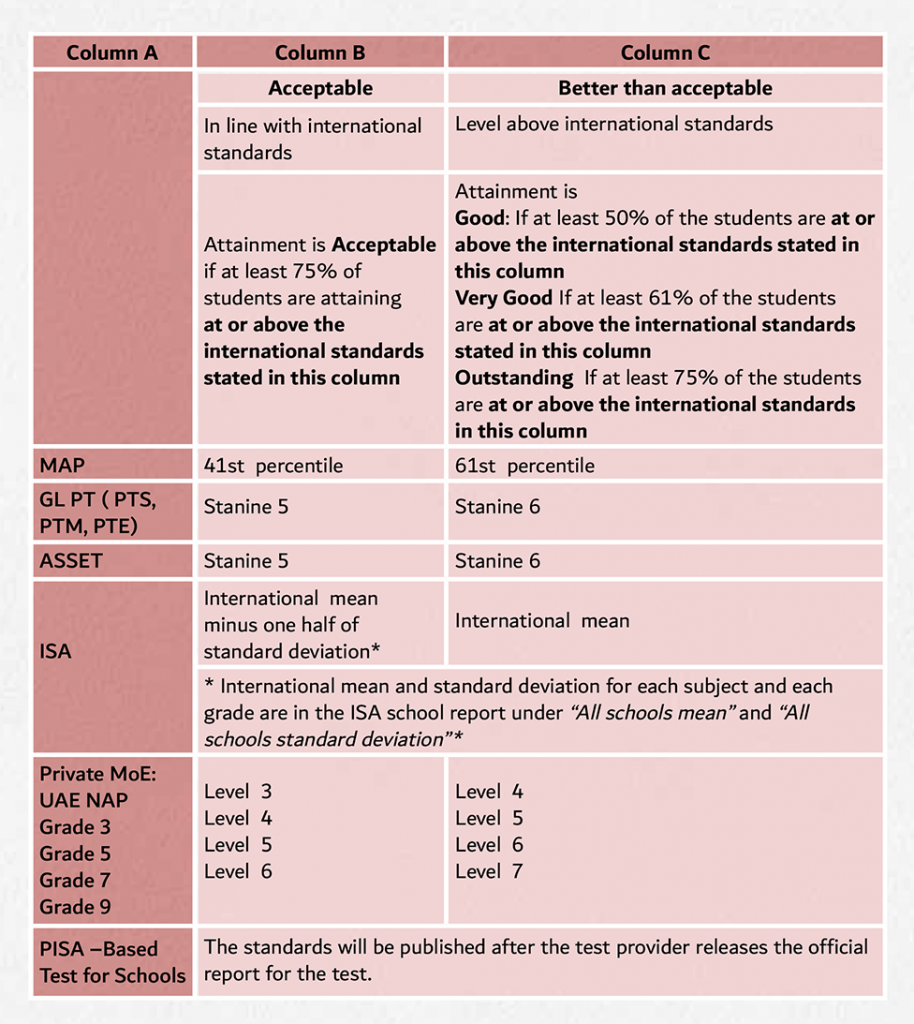

The proportions of students reaching the ‘level above curriculum standards’ are then used for evaluating whether attainment is Good, Very Good or Outstanding.
The data provided in the KHDA Inspection reports can provide parents with a considerable amount of clear evidence in terms of how their child’s school – and their child potentially – is performing academically against global standards.
Although the reports do take into account the opportunities afforded to children by the facilities, resources, staff to student ratios, staff turnover and other criteria that are important, this year’s reports will again give parents access to quantifiable data about student performance in more detail than has ever been the case in the past.
Parents making decisions about their children’s future, and perhaps considering a change of school, will now have the means to make decisions based on the attainment of students at their own and other schools.
This is a trend that is only set to continue.
















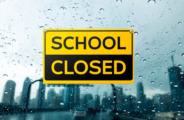




















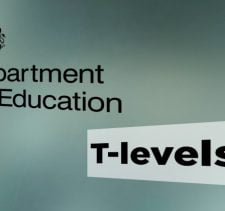




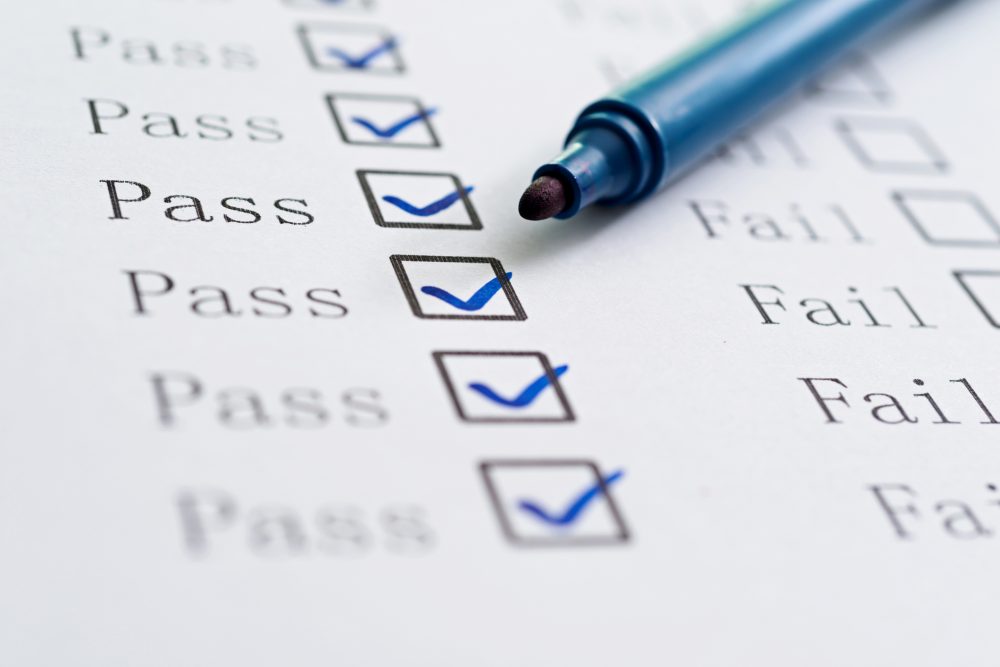


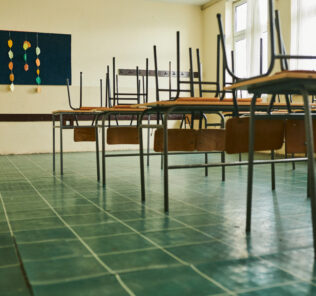

























Leave a Response